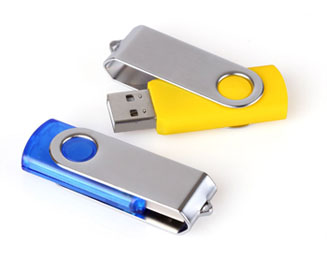Atomic Clocks On The Go
Have you ever wondered what sets the standard of time all over the world? No, it’s not the sun or the giant clock tower standing in the middle of your city. No matter what reference you may use for time – a smartphone, an alarm clock or a wristwatch – they all trace back to the atomic clock.
What Is An Atomic Clock?
Atomic clocks are apparatuses used to measure the natural vibrations of atoms in a vacuum to keep time. These atomic vibrations cause frequency subsequently used to determine the length of a second. This information will be sent up to GPS satellites, which in turn, will stream the data out to ground receivers scattered throughout the world. Power grids, cable networks, cellular networks and other distribution systems then synchronize using this data.
Unfortunately, atomic clocks aren’t things you can keep inside your coat pockets. In fact, they are so big, your studio apartment may not even be enough to fit one in. But all that might change now; give it some years.
Portable Atomic Clocks, Anyone?
Researchers at the MIT (Massachusetts Institute of Technology) are currently developing what they refer to as an extremely accurate atomic clock in the size of a Rubik’s cube, measuring 2 inches or 5 centimeters in each dimension. Like all other atomic clocks, this prototype keeps time through measuring oscillation or natural vibrations of cesium atoms within a vacuum.
What’s It For?
With smartphones, wristwatches and clocks, what use would a portable atomic clock have in our everyday life?
According to the researchers, one day, the MIT atomic clock prototype will be used to keep time in areas where conventional clocks do not work. These could be in war zones or underwater, where connectivity to satellites and networks is limited by jamming signal. In addition, this device could also take on several high-technology applications like synchronizing telecomm networks.
So, what do you think about having an atomic clock?






